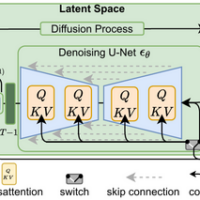Mastering Deep Neural Network Optimization: Techniques and Algorithms for Faster Training – Day 32
Optimizing Deep Neural Networks: Key Strategies for Effective Training Enhancing Model Performance with Advanced Techniques 1. Initialization Strategy for Connection Weights Training deep neural networks can be a complex task, particularly when it comes to ensuring efficient learning from the very start. One of the most crucial factors that influence the success of training is the initialization of connection weights. Proper weight initialization can prevent issues such as vanishing or exploding gradients, which can severely slow down or even halt the learning process. Xavier Initialization Xavier Initialization, named after Xavier Glorot, is specifically designed for layers with sigmoid or tanh...

